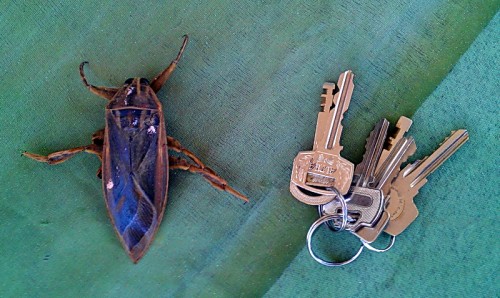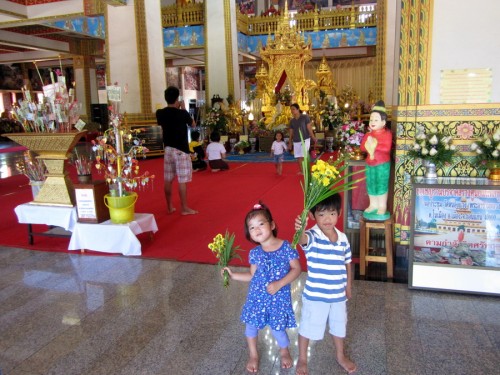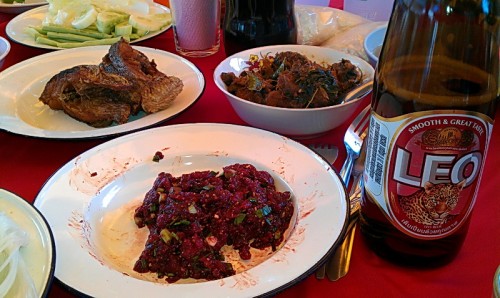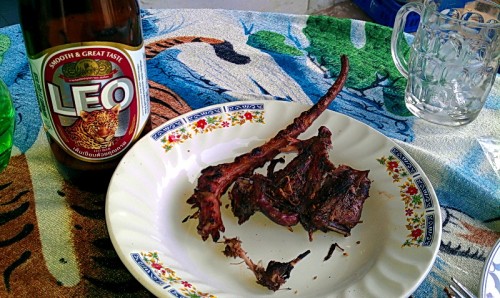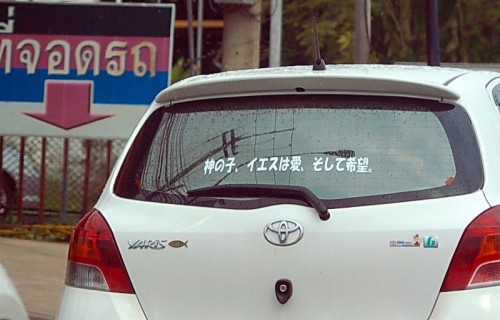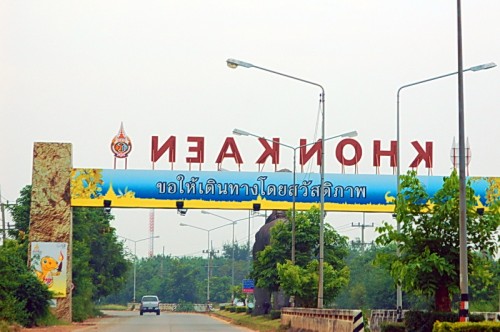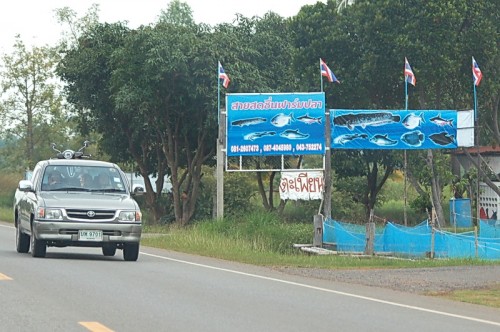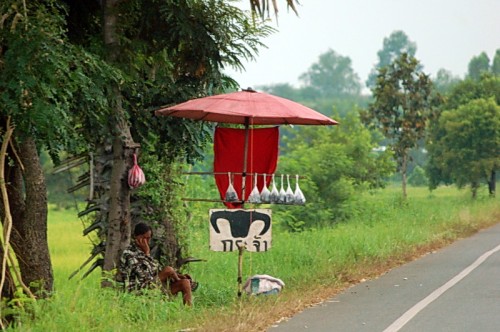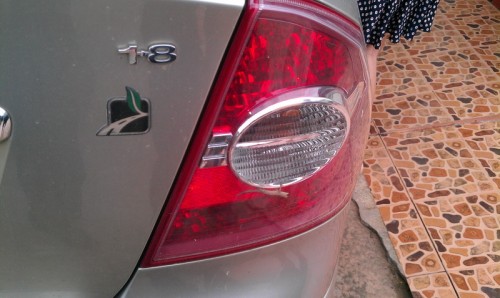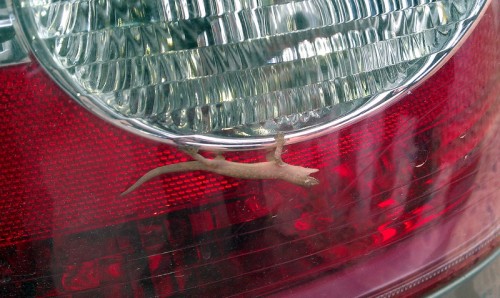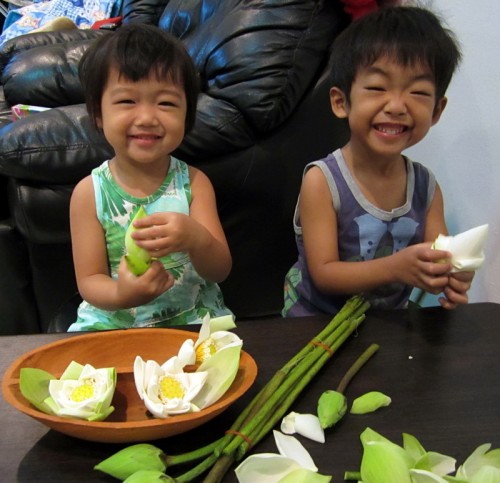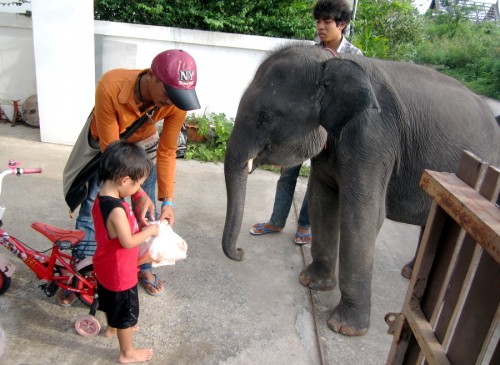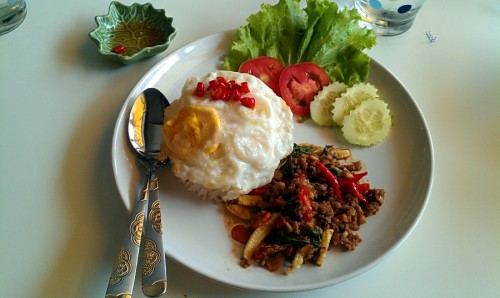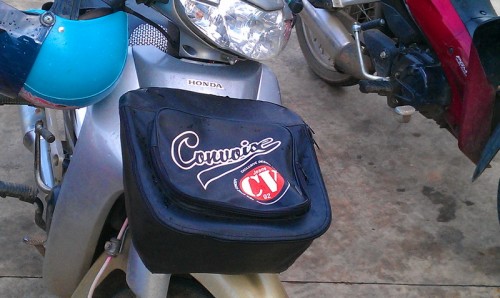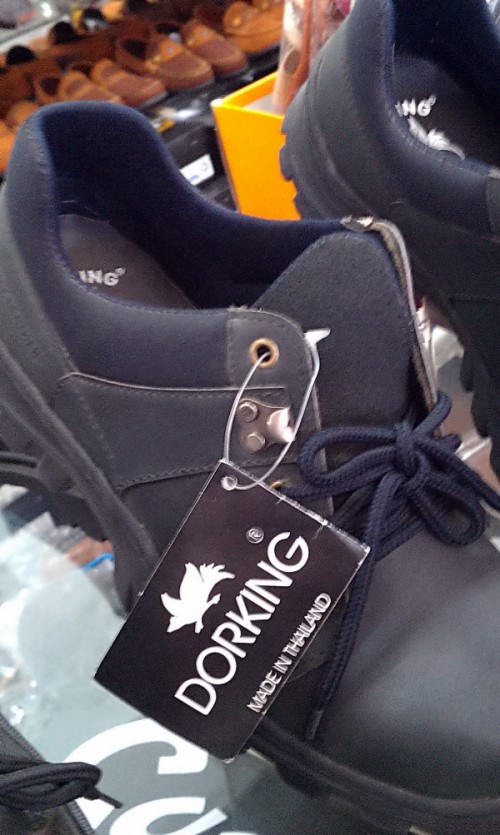This big guy was attracted to the lights we leave on at night in our pavilion. I found him in a weakened state under our Japanese-style table in the morning. This is an extremely important food source in many Asian countries because of its strong odor, which it uses to attract mates and is used as a potent flavoring in various dipping sauces. This insect is also eaten whole in Thailand, usually deep fried and then stripped of legs and carapace.
Because of the perceived sexual behavior of this bug (just sitting around attracting females with its scent), the term maeng da has been adapted in Thai slang to mean something like a pimp or useless man who mooches off of women.
No, I did not eat it.

